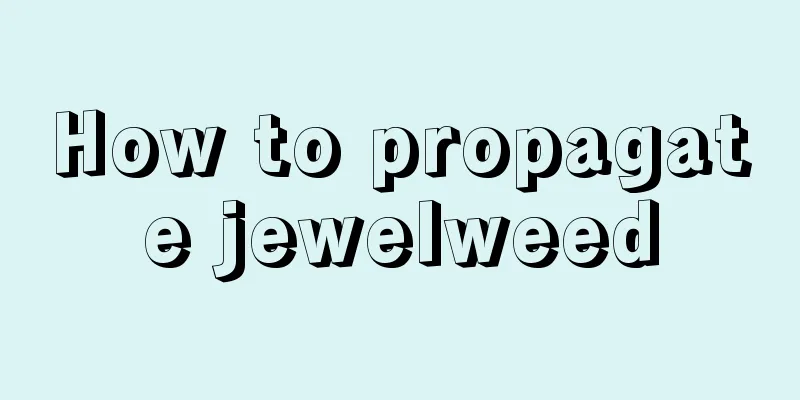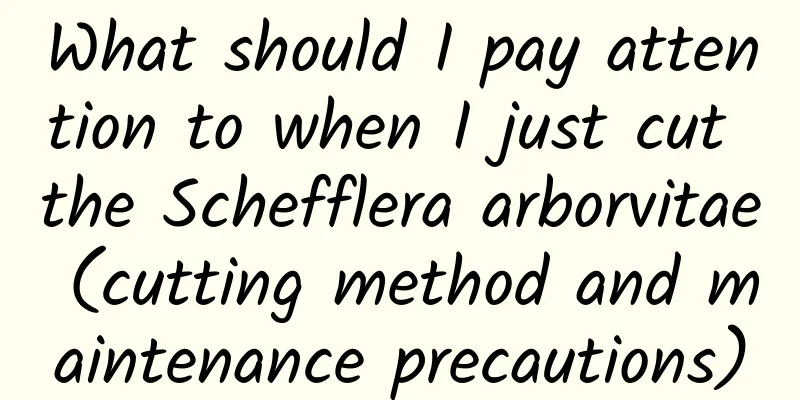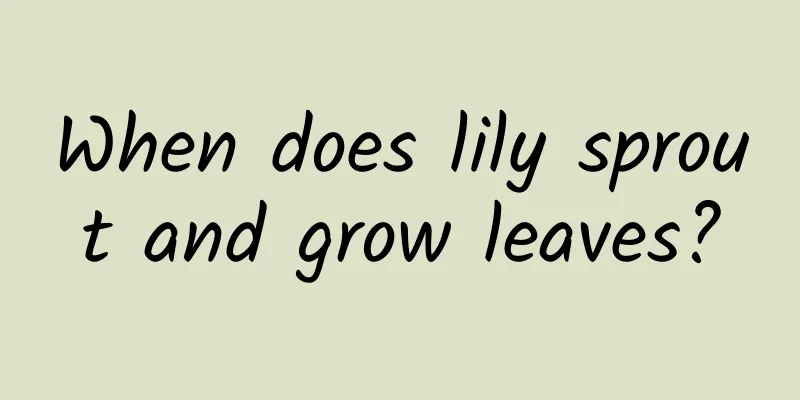What to do after hyacinth is pinched by arrows

reasonLow temperatureHyacinths generally need to bloom at temperatures above 17°C. If the temperature is too low and the inflorescence has already appeared, the flowers will show color and bloom under strong light conditions. The low temperature prevents the flower stems from extending, so the flower buds are sandwiched between the leaves, causing the arrow to be pinched. Insufficient cooling timeIf the cold treatment time is not enough, the flower stems will have difficulty extending when the flowers bloom. Frozen balls do not have this problem because the merchants have already handled it. Natural balls need a winter of natural cold treatment, but the cultivation environment of many flower lovers does not meet the requirements. The cold treatment time required for different varieties also varies. Frequent peeling of old skinConsidering the beauty of hyacinths, many flower lovers may often peel off the old skin. It should be noted that the old skin has a protective effect on the bulb to prevent the outer skin from being scratched. It can not only block the invasion of bacteria, but also reduce water evaporation. In addition, the nutrients of hyacinth are stored in the scale leaves. After peeling off the old skin, the new scale leaves will age again, the bulb will easily become smaller, and the internal nutrients of the plant will be lost, which is also not conducive to flowering. TreatmentLocked in the "small black room"Using shading can encourage the unextended flower stems of hyacinth to grow taller, thus freeing them from the predicament of being pinched by leaves. However, this method may not be very effective for hyacinths that have already bloomed. Adjustment and maintenanceDepending on the specific situation, appropriately increase the temperature of the growth environment; increase water and fertilizer appropriately, and avoid waterlogging; use diffuse light to appropriately supplement sunlight. Use of oxytocinIf that doesn't work, you can also use arrowroot. |
<<: How to prevent daffodil leaves from growing too tall
>>: How to avoid "dumb flowers" in daffodils
Recommend
How to divide succulent plants by leaf cuttings
The division process Tools: Shovel, tweezers, bru...
Can I plant strawberry seeds directly?
Can strawberry seeds be planted directly? Strawbe...
How to raise Ji Longyue's headshot
Sunshade The moonflower likes sunlight. When the ...
How to water the golden diamond
1. When to water It doesn't need a lot of wat...
How to grow succulents fat and plump
1. Water appropriately If you want to grow succul...
How to care for Phalaenopsis in winter
1. Insulation The temperature is very low after w...
What should I do if the leaves of the arrowroot turn yellow? Do this to make the leaves green as oil!
The reason for this phenomenon The most likely ca...
How to divide white peony flowers into pots, when and how to divide them into pots
Time to divide white peony flowers into pots Peon...
What are the requirements for soil for growing orchids? Can orchids be grown with soil?
1. What are the requirements for soil for growing...
How to increase the survival rate of camellia cuttings?
Camellias are known for their beautiful flowers a...
Can sawdust be used as fertilizer?
Sawdust as fertilizer Sawdust can be used as fert...
Can ranunculus be grown indoors?
1. Can be planted Although anemone is poisonous, ...
Can succulents be hydroponically cultivated? Hydroponics cultivation methods and precautions
Can succulents be grown hydroponically? Succulent...
How to grow aloe vera well? The correct way to grow aloe vera potted plants at home
When you first start growing aloe vera, it is eas...
What fertilizer is best for growing cauliflower?
In the early stage of heading, cauliflower can be...









